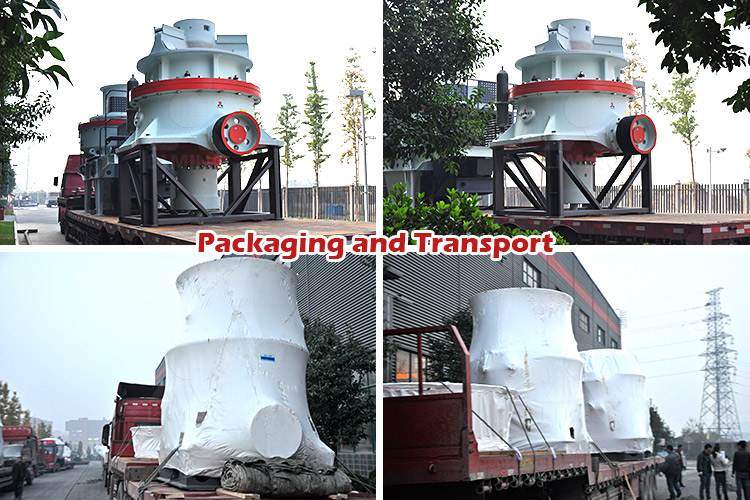Conveyor Belt Emission Factor: Understanding and Calculation
Introduction
Conveyor belts are widely used in industries such as mining, manufacturing, and logistics for material handling. While they improve efficiency, their operation can contribute to particulate matter (PM) emissions due to material transfer, belt movement, and friction. Estimating these emissions requires the use of an emission factor (EF), which quantifies the amount of pollutants released per unit of activity (e.g., per ton of material conveyed).
Sources of Emissions from Conveyor Belts
1. Material Drop Points: Fugitive dust is generated when materials fall onto or off the belt.
2. Belt Movement: Abrasion between the belt and rollers or idlers can produce fine particles.
3. Wind Erosion: Uncovered belts in open areas may release dust due to wind exposure.
Emission Factor Calculation
The U.S. Environmental Protection Agency (EPA) and other regulatory bodies provide default emission factors based on studies. A general formula for PM emissions is: 
\[
\text{Emissions (kg/hr)} = \text{EF} \times \text{Activity Rate (ton/hr)}
\]
Where:
– EF (Emission Factor) = kg PM per ton of material conveyed
– Common default values:
– Uncontrolled PM₁₀: 0.001 – 0.05 kg/ton
– Controlled (with water sprays or enclosures): ~50–90% lower .jpg)
# Example Calculation
If a conveyor handles 100 tons/hour with an uncontrolled PM₁₀ EF of 0.02 kg/ton:
\[
\text{Emissions} = 0.02 \, \text{kg/ton} \times 100 \, \text{tons/hr} = 2 \, \text{kg PM₁₀/hr}
\]
Key Variables Affecting Emission Factors
– Material Type: Fine powders (e.g., coal, sand) emit more than coarse materials.
– Belt Speed & Load: Higher speeds increase dust generation.
– Moisture Content: Wetter materials suppress dust.
– Control Measures: Enclosures, baghouses, or water sprays reduce emissions significantly.
Regulatory Standards & Mitigation
Industries must comply with air quality regulations (e.g., EPA AP-42 guidelines). Best practices include:




